Watching a cat navigate life’s hardest moments can be surprisingly enlightening. These remarkable creatures have mastered the art of emotional resilience in ways that often put humans to shame. While no-one will ever know if a cat understands death, they certainly know that a fellow housemate is missing and that something has changed in the house. Yet through their behavior and instinctive responses to loss, cats demonstrate profound lessons about acceptance, healing, and letting go that we desperately need to learn.
Their approach to grief isn’t romanticized or complicated by the endless “what ifs” that plague human minds. Instead, cats show us a path toward emotional healing that feels both ancient and refreshingly honest. Let’s explore these seven powerful lessons our feline companions offer about navigating life’s most challenging emotional terrain.
The Art of Feeling Without Drowning
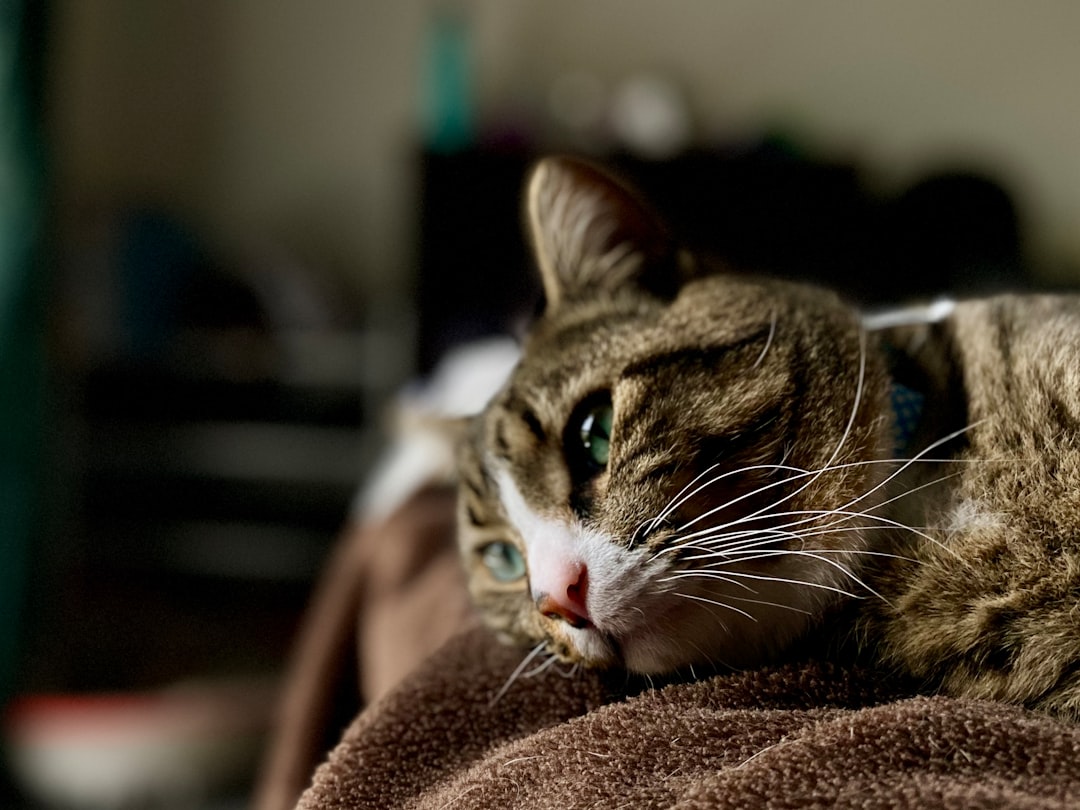
Cats experience grief deeply, but they don’t let it consume them entirely. Studies suggest that many cats experience decreased appetite following the loss of a feline companion. Research indicates that many cats exhibit changes in vocal patterns; some meowed more while others were quieter than they were before their loss of a companion. Surviving cats were often more affectionate with their owners and became clingy. However, they demonstrate something remarkable: the ability to feel pain without becoming paralyzed by it.
Unlike humans who often get trapped in cycles of rumination and endless analysis, cats allow themselves to experience grief as a temporary visitor rather than a permanent resident. They eat less, sleep differently, and seek comfort, but they don’t lose themselves in the process. This teaches us that feeling our emotions fully doesn’t mean we have to be destroyed by them.
The key lesson here is that grief is meant to flow through us, not pool inside us. Cats show us that we can honor our pain while still maintaining our essential selves underneath.
Present-Moment Acceptance Over Future Anxiety
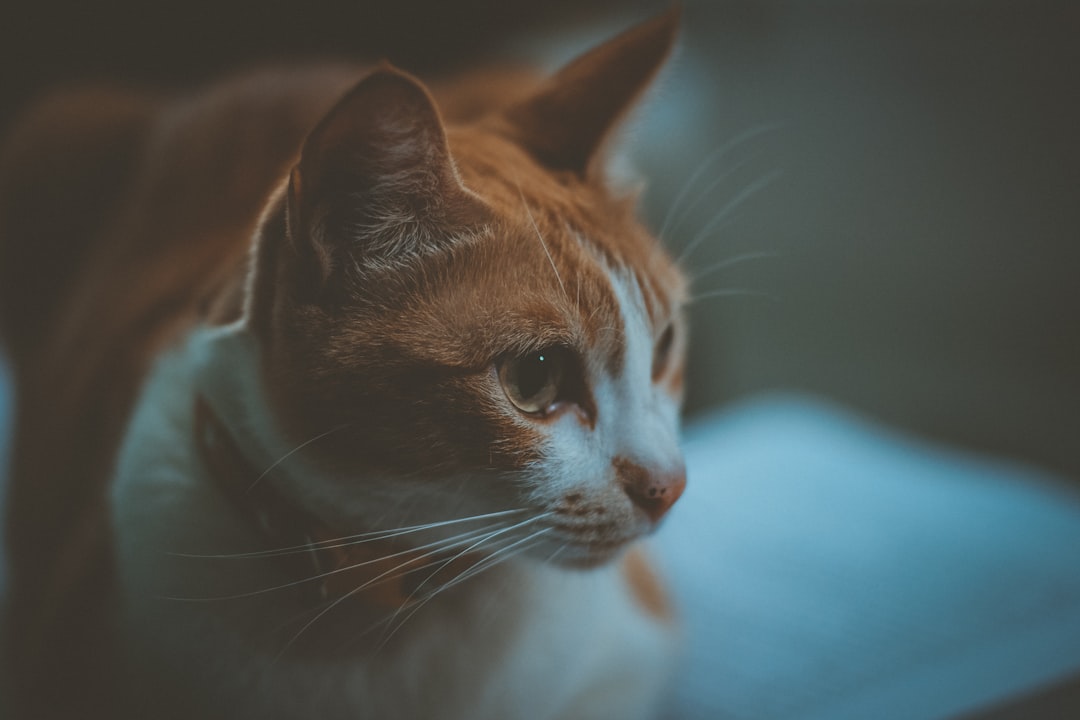
Perhaps the most striking difference between human and feline grief is how cats respond to uncertainty. Since a cat may not understand death as something permanent, sometimes they will wait patiently, believing that the deceased will return. Yet this isn’t naive hope – it’s presence. They don’t torture themselves with projections about future loneliness or create elaborate stories about what life will be like without their companion.
When a cat loses someone important, they focus on what’s happening right now: the emptiness in a favorite sleeping spot, the absence of a familiar scent, the quiet where there used to be purring. They don’t spiral into catastrophic thinking about never feeling happy again or wondering if they’ll ever form another bond.
This present-moment awareness allows them to process grief without the additional suffering we humans pile on top of loss. They teach us that acceptance isn’t about understanding why something happened, but about acknowledging what is happening now.
The Healing Power of Routine in Chaos
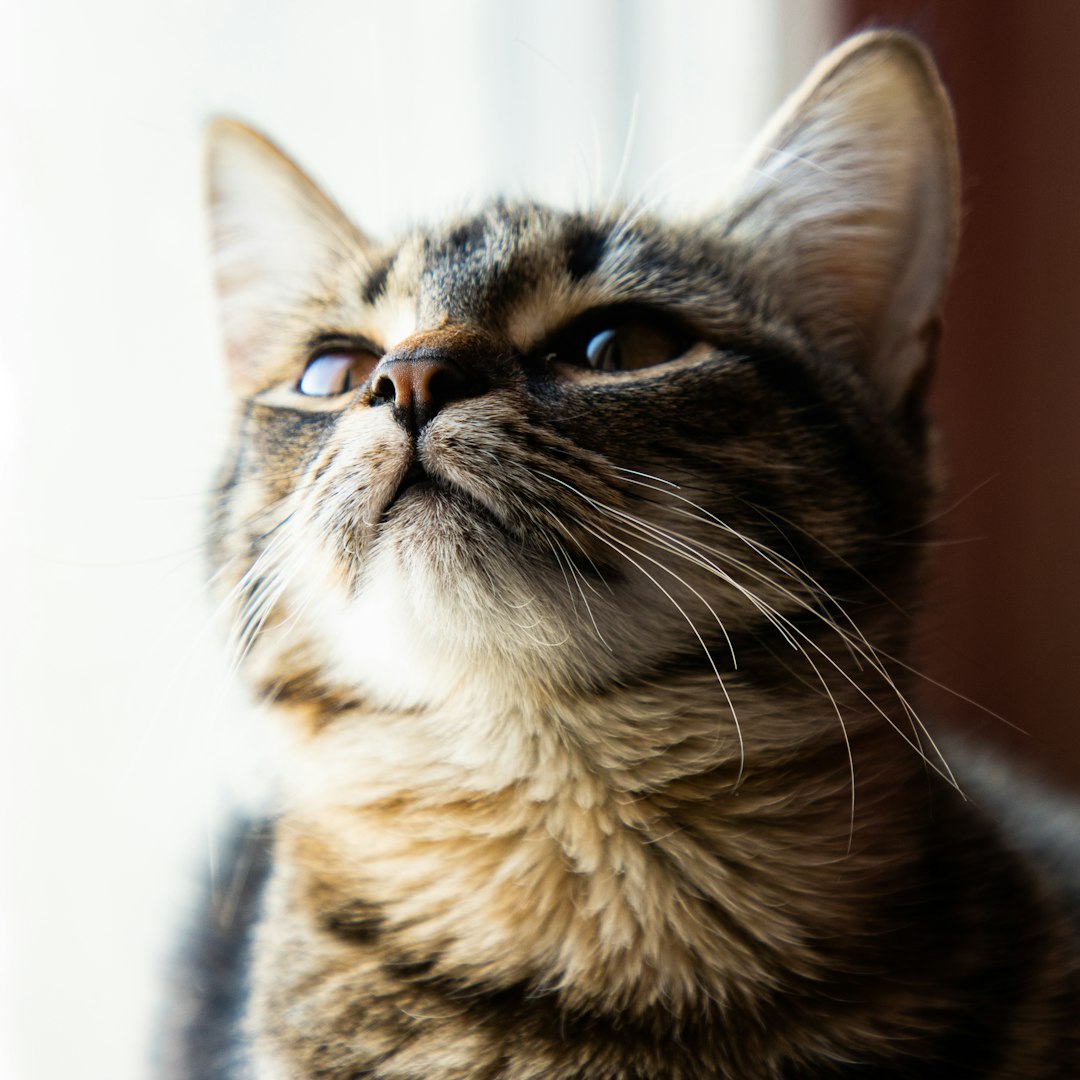
Minimizing change gives the cat time to come to terms with the loss of a companion cat. Keep the cat’s routine the same. Changes in feeding times or even simply moving furniture around can cause further stress. Cats instinctively understand that when the world feels unpredictable, routine becomes an anchor.
Watch a grieving cat, and you’ll notice they still show up for meals, still use their litter box, still groom themselves. They don’t abandon self-care in their sorrow. Instead, they use familiar patterns as stepping stones through their emotional landscape. This consistency isn’t denial – it’s wisdom.
Their commitment to routine during difficult times shows us that healing doesn’t require dramatic gestures or complete life overhauls. Sometimes the most revolutionary act is simply showing up for the ordinary moments, even when everything feels extraordinary in its pain.
Seeking Comfort Without Shame
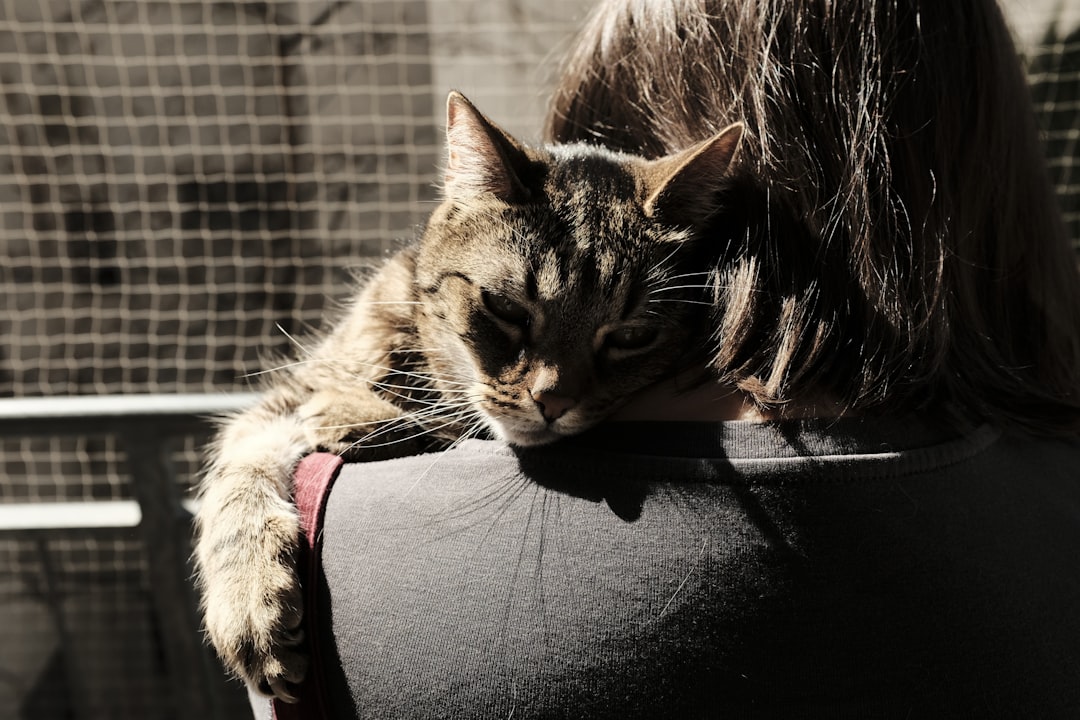
There’s something beautifully honest about how cats handle their need for comfort during grief. After Steve’s death, Kevin (who had been Steve’s best friend) exhibited signs of separation anxiety – he would pace and meow at the door whenever either of us left the home. To us, this behavior made sense – Kevin’s best friend had left the home and never returned – what if we did the same? They don’t hide their vulnerability or pretend they’re “handling it well.”
Grieving cats often become more affectionate with their humans, seeking out extra cuddles and staying closer than usual. They’re not embarrassed about needing more support or about showing their dependence. This directness about emotional needs is something humans struggle with, often viewing our grief as weakness or burden to others.
Cats teach us that seeking comfort during difficult times isn’t pathetic – it’s practical. They show us that healing happens in relationship, not in isolation, and that asking for what we need is a sign of emotional intelligence, not fragility.
Physical Expression of Emotional Pain

Cats don’t separate their emotional and physical experiences the way humans often do. Many cats slept more than usual while some suffered insomnia. Some cats changed the area of the house where they slept. They understand intuitively that grief lives in the body as much as in the heart.
When cats grieve, they might change their sleeping patterns, eat differently, or alter their grooming habits. They don’t judge these physical manifestations of emotional pain as “weak” or try to power through them. Instead, they adjust their behavior to accommodate what their bodies need during the healing process.
This integration of physical and emotional experience teaches us that grief isn’t just a mental process – it’s a whole-body experience that requires physical care and attention. Cats show us that honoring our body’s response to loss is part of honoring the loss itself.
The Courage to Love Again
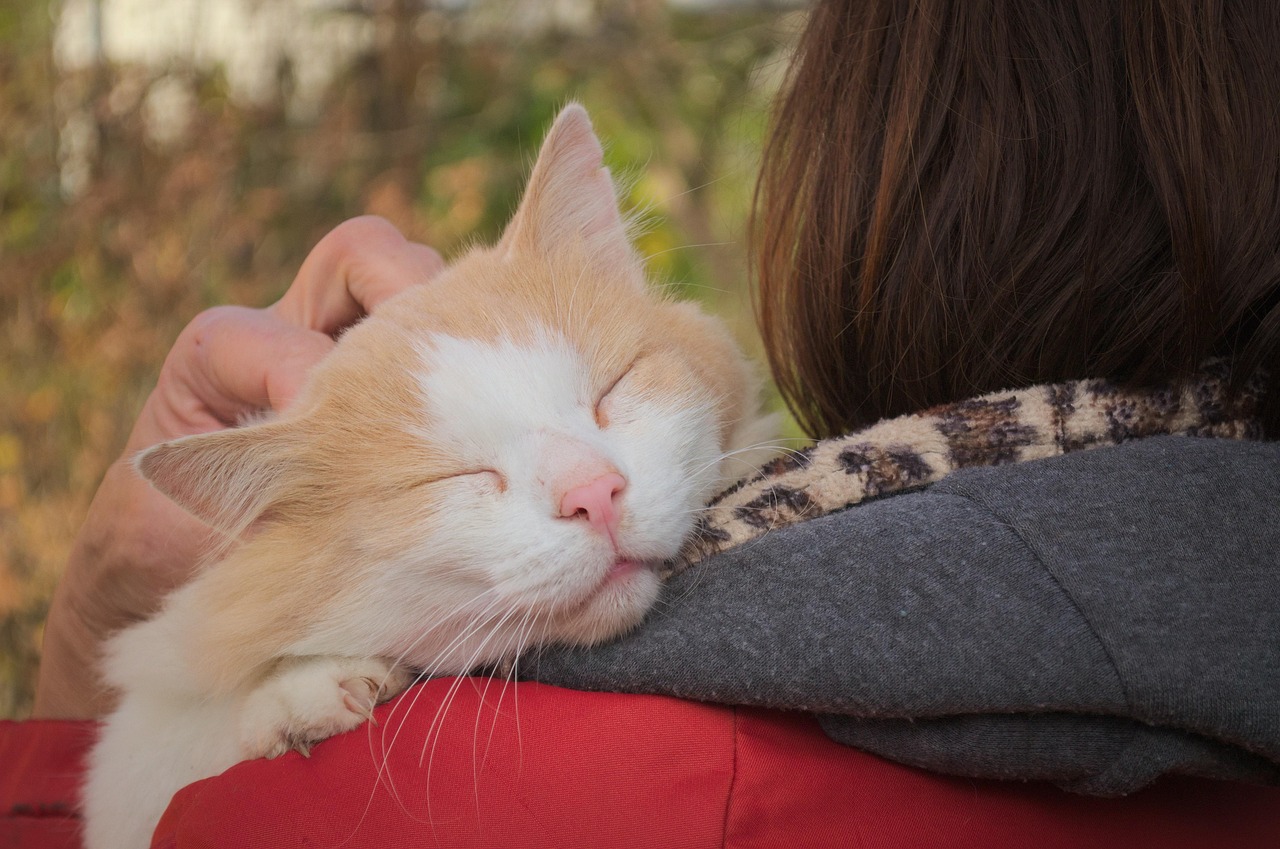
Cats are emotionally resilient in other ways, too. In a fascinating article about cats and grief, veterinary experts note that cats, if given time to grieve, will often return to some of their old rituals, develop new rituals and once again regain contentment This remarkable capacity for emotional recovery doesn’t mean they forget what they’ve lost.
What’s particularly moving is how cats demonstrate that healing doesn’t require us to build walls around our hearts. One of the most noticeable changes in a cat after emotional healing is an increase in affectionate behavior. Cats that may have once been aloof or distant begin to seek out more physical contact. This shift signifies a newfound trust and comfort in their environment. They don’t protect themselves by becoming permanently guarded.
Instead, cats show us that true resilience involves the willingness to remain open to connection even after experiencing loss. They teach us that the heart’s capacity to love isn’t diminished by grief – it’s often deepened by it.
Moving Forward Without Moving On
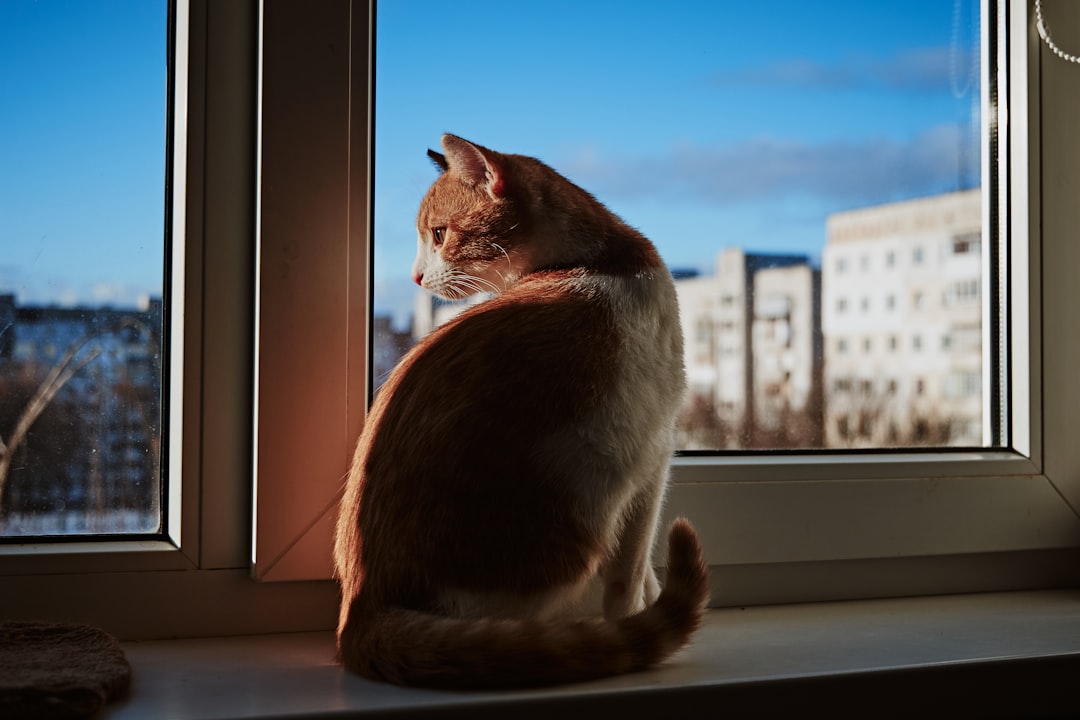
Loss will become easier to bear and fond memories will replace sorrow. And the relationship between the survivors, feline and human, may evolve into something even more beautiful as a new way of life is established following a loss. Cats understand something profound about the nature of grief: it’s not something you “get over,” but something you integrate.
Watch a cat who has lost a companion, and you’ll notice they don’t try to return to exactly who they were before the loss. They adapt. They find new sleeping spots, develop different routines, and discover fresh sources of joy. They move forward not by forgetting, but by allowing their experience of loss to become part of their story.
This wisdom teaches us that healing doesn’t mean erasing the impact of what we’ve lost. Instead, it means learning to carry that loss in a way that doesn’t weigh us down but adds depth to our capacity for appreciation, connection, and love.
The aren’t complicated, but they are profound. They show us that healing is possible without forgetting, that strength can coexist with vulnerability, and that the heart’s capacity for joy isn’t destroyed by sorrow – it’s often enhanced by it. Your cat is wired to heal, transform and get back in touch with their true feline essence. They just need our help getting there.
Perhaps most importantly, cats demonstrate that grief isn’t a problem to be solved but an experience to be lived through with courage, honesty, and grace. In watching them navigate loss, we learn that letting go isn’t about releasing our love for what we’ve lost, but about releasing our grip on the pain that keeps us from living fully again. What do you think cats have taught you about facing life’s hardest moments? Their wisdom might be exactly what your heart needs to hear.






